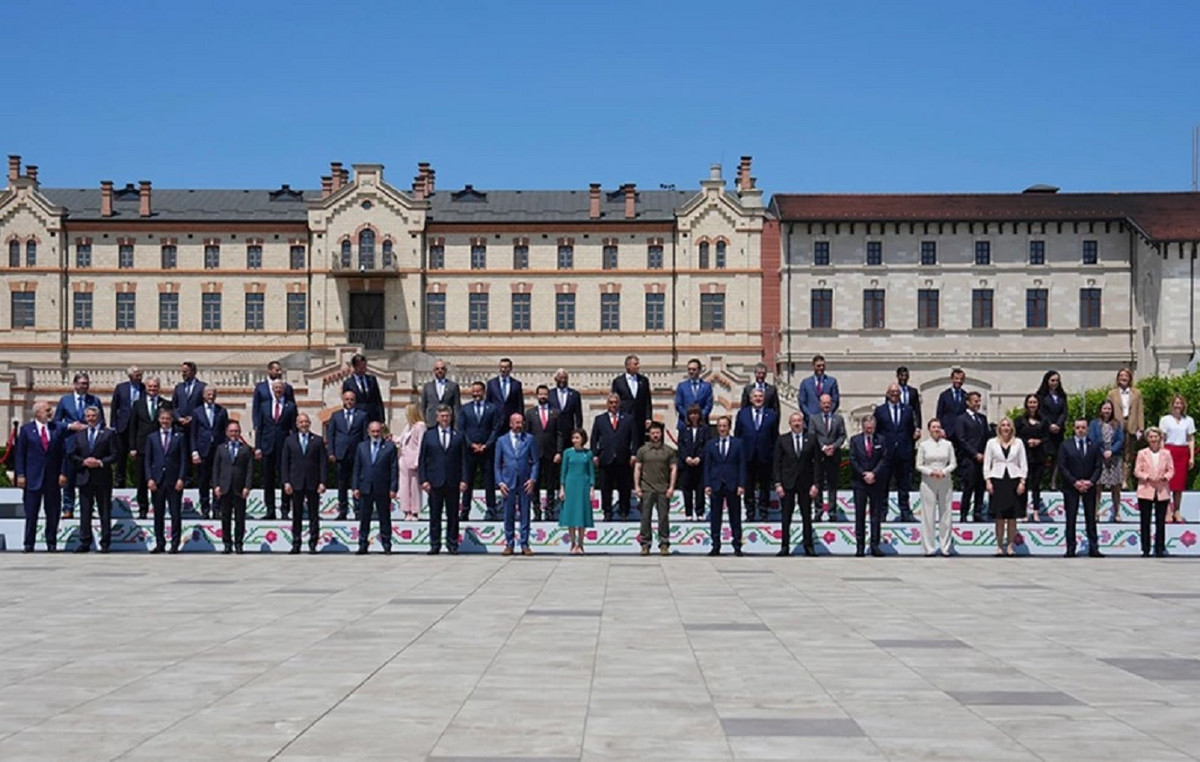It seems a paradox: not even in the most avant-garde working sectors, women have the space they deserve. For example, some innovative companies of the Web3working on metaverse applications, blockchain technologies and cryptocurrencies, only 13% have at least one woman in their teams: in the sector that deals with the new frontier of the web, women are largely underrepresented among founders and investors, even more than in the STEM sectors (where women represent 33% of the workforce, with 25% holding technical roles) and in the technology industry in general.
These are some of the findings of the latest study by BCG X, the technology design and construction unit of the Boston Consulting Group (BCG). We talked about it with Paola Scarpa, Managing Director & Partner of BCG. «The data emerging from the BCG X research on the Web3 unfortunately confirms the fact that the gap linked to gender inequality is still present in the tech and innovation sectors, both in training and in work pathways», she explains.
What are the roots of this problem?
«To understand the nature of the “gap”, one must go back to the roots of female dispersion in the STEM field: as one advances first in the study path and then in the professional one, towards management or apical roles, the percentage of women decreases present. The point is that this dispersion is not so much due to a spontaneous lack of female interest or affinity with scientific subjects, but rather to the inability of certain sectors and of society itself to intercept, attract and nurture female interest, losing ground along the the growth path of talents: from school desks to boards of directors. And yet, the ground lost in every phase of the training of female figures is equivalent to a loss of skills that are not only useful, but necessary to increase competitiveness for companies».
What could be done to change the situation?
«Certainly there are defining moments during growth, in which parents and teachers play a crucial role. We live in a context in which it is normal to give a doll to a girl and an experimental chemistry game to a boy, helping to create cognitive biases in our kids from a very young age and thus ending up conditioning the way they project themselves towards opportunities for their future. Then there is the responsibility of the education system. A recent survey conducted by Ipsos for the “Il Cielo Itinerante” association states that mathematics is children’s favorite subject. It is for 44% of males and 38% of females. And yet, the latter lose interest in the subject too soon, because over time the ways of teaching it have not been updated and are subsequently considered by the kids to be too rigid and not very exciting».
And in companies?
«Girls, still too often, grow up in social groups and contexts that lead them to exclude some areas of curiosity, training and professional projection. In the company, on the other hand, you don’t meet many female models to aspire to and sometimes you are confronted with contexts that are still not very inclusive, attractive, if not downright repulsive for women. So if it is true that female students of STEM subjects have increased in recent years, it is also true that people leave their jobs sooner due to persistent stereotypes and toxic environments».
What is the added value of the female presence?
«Unlocking female potential means enabling new talent and having greater expertise available. We are living in an economic phase in which more and more jobs pertain to the STEM field: just think of how the digital transition is transversal to practically every type of company. Supporting diversity is therefore crucial to ensure effective evolution of the world of work and of society itself. In terms of added value for the market: the European Institute for Gender Equality has estimated that bridging the gender gap could generate an increase in per capita GDP at European level ranging from approximately 6% to 9.6% by 2050, which would correspond to a value created between 1.95 and 3.15 billion euros».
Are companies aware of this gap?
The importance of the digital transition is bringing with it a very profound change in business contexts. There is a growing awareness of the need to change things and, at the same time, the ability to act to attract, train and retain new professional figures in the STEM field is increasing. In addition to awareness, it is action that can really make a difference. The corporate tools to intervene exist and are varied: starting from the promotion of a more inclusive corporate culture, up to a concrete commitment of the leadership in Diversity & Inclusion policies and strategies».
Can this gap be closed?
«Sure, and something is already changing in the way women are publicly and socially represented. This is an important change, but one that can only be accelerated if more actors participate at a social, institutional and professional level».
How does each of these actors play their role?
«Institutions can contribute to increasing the participation of women in the STEM field, for example, through dedicated educational programmes, funds for training and updating, but also communication campaigns against gender stereotypes; the same workers can act with each other in an increasingly integrated way to create working groups and stimulate the development of more inclusive leadership, in which we support each other and support women at the inflection points of their careers. Companies can promote ever more flexible and fair worker management policies between men and women. Last but not least: household and family tasks and responsibilities can be more shared between men and women. Everyone can and must play their part with beliefs and actions that go beyond stereotypes.”
Seven million unemployed women, still too many
Work, it is more difficult for women to find (even if they are more qualified)
Stacey Cunningham, the first female head of the New York Stock Exchange
Gender gap in work, Italy last in the European Union
\
Source: Vanity Fair
I’m Susan Karen, a professional writer and editor at World Stock Market. I specialize in Entertainment news, writing stories that keep readers informed on all the latest developments in the industry. With over five years of experience in creating engaging content and copywriting for various media outlets, I have grown to become an invaluable asset to any team.







